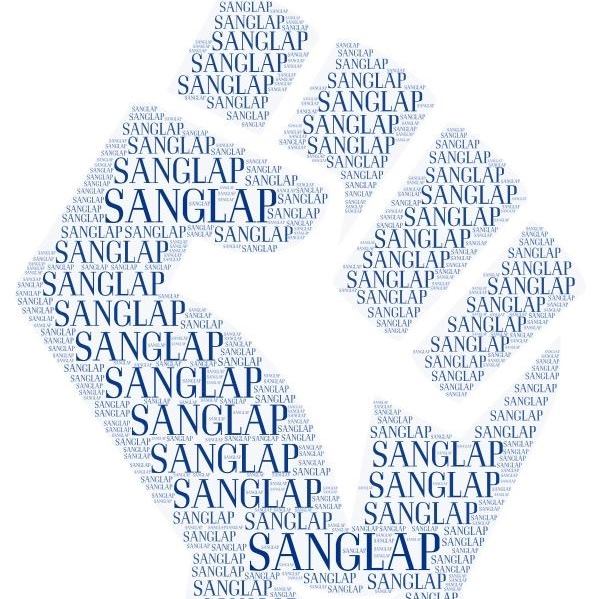Digital Graphic Communities
Webcomics and E-Graphic Medicine in Combating Mental Diseases
DOI:
https://doi.org/10.35684/JLCI.2023.9204Keywords:
Graphic care network, community healing, popular culture, empathy, webcomicsAbstract
With the onset of the millennial lifestyle and the technological revolution gaining pace-feeling of inadequacy, a constant need to be seen, poor body image, nuclear family structure, social anxiety, and, as Gen Z labels it, FOMO (Fear of Missing Out) has added significantly to the upsurge in mental illness. Contemporarily, with the lived experience of ‘quarantine’ gaining momentum during the pandemic and post-pandemic era, isolation has almost become life’s Suo moto mantra. Pandemic-necessitated isolation has greatly affected human interaction by limiting it mostly to a virtual interface. This turn of events has further complicated an already complex scenario of mental disorders – like depression, addiction, bipolar disorder, OCD, etc., stemming from an extreme sense of loneliness, insecurity and apocalyptic anxiety. This article enquiries into the ways in which Webcomics or Digital Graphic medicine narratives can help create a virtual literary community where the phenomenology of mental illness finds an empathic representation and serves as a platform for self and collective healing. Artists and illustrators like Debbie Tung, Christopher Grady, Allie Brosh, and Clay Jonathan have now taken to social media handles like Facebook, Instagram, Tumblr, or other Webcomics platforms like Go Comics, StudyGroup Comics and Claycomix, etc., to share their stigmatised personal journey of mental illness with their readers and followers. Unlike the print media, digital readers get to respond to these comic strips and interact with the artist as well as one another by sharing their experience of viewing an artist’s rendition of their mental health trajectories. Amy Mazowita, while discussing the concept of a graphic care network, states that it is essential to offer a unique communicative opportunity for people and masses across various socioeconomic, political, and hegemonic entities: these networks offer users the comfort of anonymity besides offering a digital platform for legitimising their shared experiences of both collective and individual mental health realities (Mazowita).















